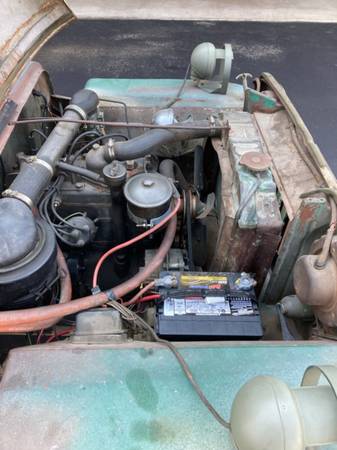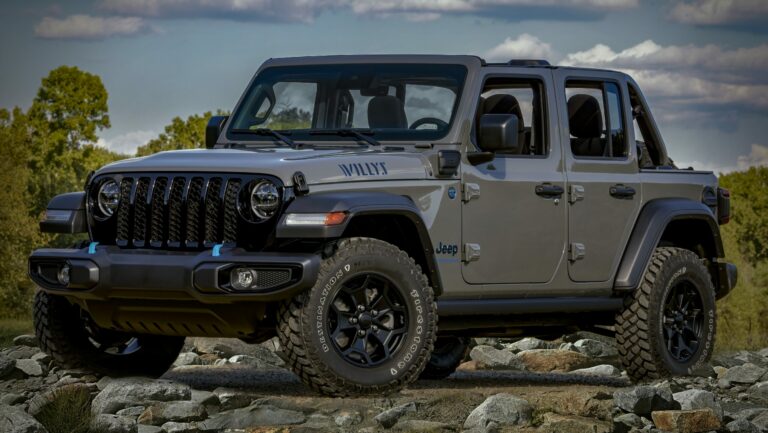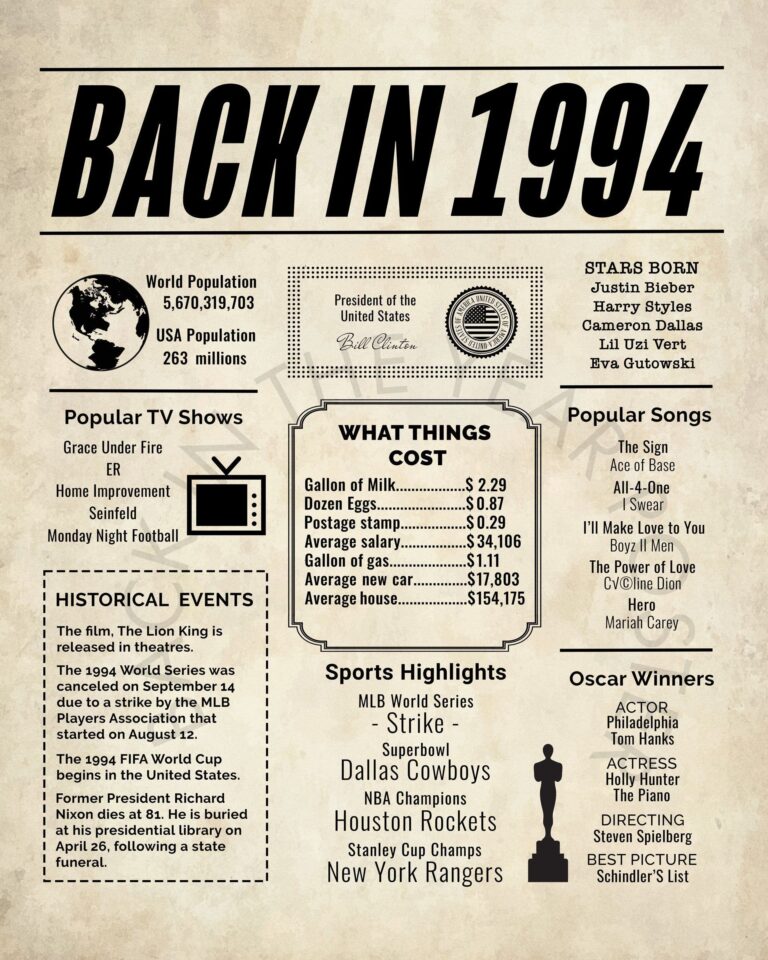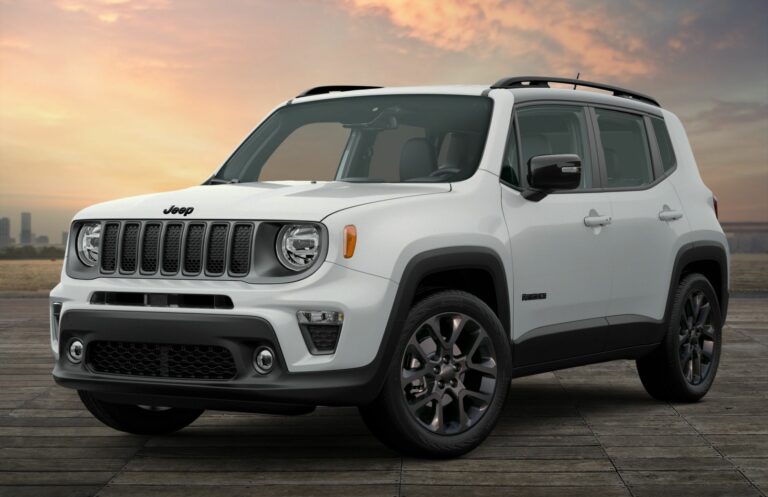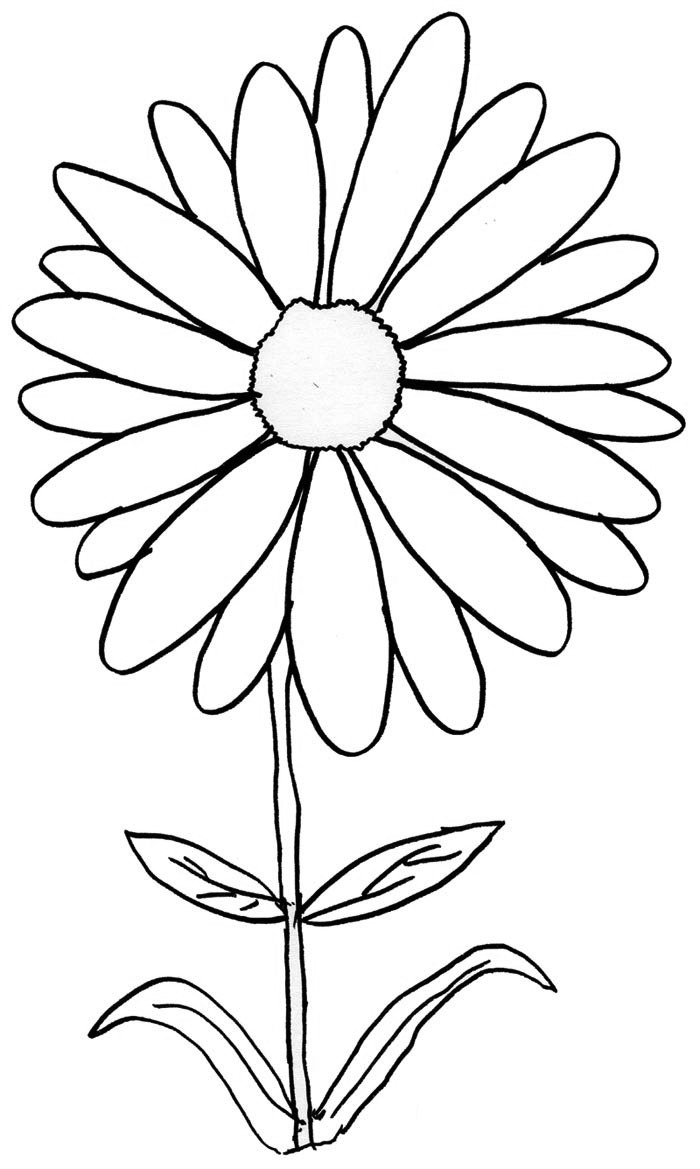1948 CJ-2A Willys Jeep For Sale: A Timeless Icon on the Market
1948 CJ-2A Willys Jeep For Sale: A Timeless Icon on the Market jeeps.truckstrend.com
The rumble of its L-head "Go-Devil" engine, the unmistakable silhouette, and the sheer utilitarian charm of a flatfender Willys Jeep evoke a powerful sense of nostalgia and adventure. Among the most sought-after vintage vehicles for enthusiasts and collectors alike is the 1948 CJ-2A Willys Jeep. More than just a vehicle, it’s a piece of American history, representing the transition from wartime necessity to civilian utility, effectively pioneering the recreational four-wheel-drive market and laying the groundwork for what we now know as the SUV. For those seeking to own a tangible piece of automotive heritage, finding a 1948 CJ-2A Willys Jeep for sale is an exciting prospect, promising a journey filled with unique driving experiences, community engagement, and the satisfaction of preserving an enduring icon.
The Enduring Legacy of the Willys CJ-2A: From War Hero to Civilian Workhorse
1948 CJ-2A Willys Jeep For Sale: A Timeless Icon on the Market
Born from the legendary military MB and GPW Jeeps of World War II, the CJ (Civilian Jeep) series marked a pivotal moment for Willys-Overland. The CJ-2A, produced from 1945 to 1949, was the first mass-produced civilian version, designed to be a versatile farm implement, utility vehicle, and general-purpose workhorse. While it retained much of its military DNA – the robust box-section frame, the reliable L-134 "Go-Devil" engine, and the durable Dana axles – the CJ-2A introduced civilian-friendly features. These included a tailgate, larger headlights, a passenger-side wiper, and a fuel filler cap on the side rather than under the driver’s seat. By 1948, the CJ-2A was well into its production run, having received minor refinements and proving its mettle in countless agricultural, industrial, and recreational applications.
Owning a 1948 CJ-2A means more than just having an old car; it’s about connecting with a vehicle that helped reshape post-war America. It symbolizes rugged individualism, practicality, and the nascent spirit of off-road exploration. Its simple, mechanical design makes it surprisingly accessible for the home mechanic, while its undeniable charm turns heads wherever it goes.
What to Look For When Buying a 1948 CJ-2A Willys Jeep
The search for a 1948 CJ-2A Willys Jeep for sale can lead to a wide spectrum of conditions, from barn-find projects to meticulously restored showpieces. Understanding these categories and what to inspect is crucial for making an informed purchase.
Condition Categories:
- Project Vehicle: These are typically the most affordable, often non-running, incomplete, or suffering from significant rust and mechanical issues. They require a substantial investment of time, money, and skill. Ideal for the dedicated enthusiast looking for a long-term restoration challenge.
- Running/Driving Project: These Jeeps are operational but will likely need extensive work to be considered reliable or presentable. They might have cosmetic flaws, minor mechanical issues, or require a complete overhaul of specific systems (brakes, electrical). Offers a middle ground for those who want to drive while they restore.
- Good Driver Quality: These are well-maintained Jeeps that run and drive reliably, are generally rust-free (or have had rust professionally addressed), and are presentable for regular use or local shows. They may not be perfect but are solid vehicles that can be enjoyed immediately.
- Nicely Restored: These Jeeps have undergone significant restoration, often to a high standard, addressing body, frame, mechanical, and electrical components. They look great and perform well. They command a higher price but offer a more turn-key experience.
- Show Quality/Concours: The pinnacle of restoration, these Jeeps are often returned to factory-original specifications with painstaking attention to detail. They are typically trailered to shows and rarely driven extensively. These command the highest prices.

Key Inspection Points:
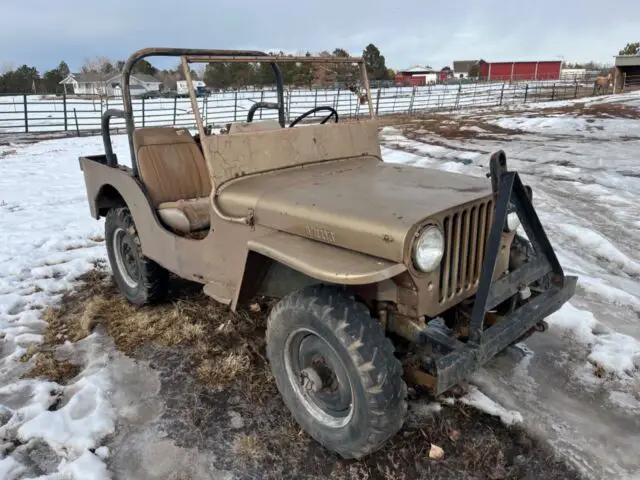
Regardless of the advertised condition, a thorough inspection is paramount. If you’re not mechanically inclined, consider hiring a specialist or bringing an experienced Willys enthusiast along.
- Frame Integrity: This is the most critical component. Inspect the entire frame for rust, cracks, bends, or poor repairs. Pay close attention to areas around the spring hangers, crossmembers, and steering box. A compromised frame can be a deal-breaker or an extremely costly repair.
- Body Rust: CJ-2As are notorious for rust. Check the floorboards (especially under the driver’s feet), hat channels (supports under the floor), fenders, cowl, and tailgate. While panels are reproduced, extensive bodywork is time-consuming and expensive. Look for evidence of Bondo or poorly executed patch panels.
- Engine (L-134 "Go-Devil"): Check for excessive oil leaks, unusual noises, smoke from the exhaust, and signs of overheating. A compression test can reveal internal engine health. While simple, rebuilding this engine can still be costly.
- Transmission (T-90) & Transfer Case (Dana 18): Check for smooth shifting in all gears (including reverse and 4WD ranges). Listen for grinding, whining, or clunking noises. Look for leaks around seals and gaskets.
- Axles (Dana 25 Front, Dana 41 or 44 Rear): Inspect for leaks at the differential covers and axle tubes. Check for excessive play in the universal joints and wheel bearings.
- Brakes: Test pedal feel. It should be firm, not spongy. Inspect brake lines for corrosion and the drums for excessive wear. Remember, CJ-2As have drum brakes all around, which require more stopping distance than modern disc brakes.
- Electrical System: Check all lights, gauges, and the starter. Original wiring can be brittle and problematic. Look for amateur wiring hacks.
- Steering & Suspension: Check for excessive play in the steering wheel and linkages. Inspect leaf springs for cracks or sagging, and shock absorbers for leaks.
- Originality and Documentation: If originality is important to you, verify serial numbers on the frame, engine, and body tag (if present). Ask for maintenance records, restoration photos, and a clear title.

The Joys and Challenges of Owning a Vintage Willys Jeep
Owning a 1948 CJ-2A is a unique experience, offering distinct advantages and some inherent challenges.
Benefits:
- Unmatched Character: Few vehicles possess the historical gravitas and iconic appeal of a flatfender Willys. It’s a conversation starter and a head-turner.
- Simple Mechanics: The "Go-Devil" engine and drivetrain are remarkably simple, robust, and relatively easy to work on for the mechanically inclined.
- Parts Availability: Thanks to a dedicated aftermarket, reproduction parts for almost every component of a CJ-2A are readily available, from body panels to engine internals.
- Strong Community: The Willys Jeep community is vibrant and helpful, with numerous online forums, clubs, and resources for advice, parts, and camaraderie.
- Off-Road Capability: Even in stock form, the CJ-2A is surprisingly capable off-road, thanks to its short wheelbase, light weight, and excellent approach/departure angles.
- Investment Potential: Well-maintained, original, or professionally restored CJ-2As tend to hold or increase in value over time.
Challenges:
- Performance Limitations: With a top speed of around 45-55 mph, the CJ-2A is not suited for modern highway driving. It’s a vehicle for back roads, trails, and local errands.
- Lack of Modern Comforts: Expect no air conditioning, power steering, power brakes, or sophisticated suspension. It’s a raw, unfiltered driving experience.
- Safety Features: There are virtually no modern safety features. Seatbelts may be aftermarket additions, and the vehicle offers minimal crash protection.
- Rust Management: Ongoing vigilance against rust is necessary, especially if the vehicle is exposed to moisture or road salt.
- Fuel Economy: While not terrible for its era, don’t expect Prius-like mileage.
- Finding Skilled Mechanics: While simple, finding a mechanic experienced with vintage vehicles can be challenging in some areas. Many owners learn to do their own repairs.
Practical Advice and Actionable Insights for Buyers
- Define Your Purpose and Budget: Are you looking for a show vehicle, a weekend trail rig, or a rolling restoration project? Your budget for purchase, restoration, and ongoing maintenance will dictate what kind of CJ-2A you can realistically acquire.
- Join the Community First: Before buying, immerse yourself in Willys Jeep forums (e.g., The CJ2A Page, Willys Jeep Forum) and local clubs. Learn from experienced owners, ask questions, and understand the nuances.
- Be Patient: The right Jeep at the right price might not appear overnight. Don’t rush into a purchase.
- Inspect Thoroughly (or Hire an Expert): As detailed above, a comprehensive inspection is non-negotiable. If you’re unsure, pay for a pre-purchase inspection from a vintage vehicle specialist.
- Verify Documentation: Ensure the seller has a clear title in their name and that the VIN (if present, as some early models might not have a visible one on the frame) matches the documentation.
- Factor in Hidden Costs: Beyond the purchase price, consider transportation, registration, insurance, and immediate repairs or planned upgrades.
- Embrace the Journey: Owning a vintage Jeep is a lifestyle. Be prepared for ongoing maintenance, the occasional breakdown, and the immense satisfaction of keeping a piece of history alive.
Price Table for 1948 CJ-2A Willys Jeep For Sale
Prices for vintage vehicles like the 1948 CJ-2A can fluctuate significantly based on condition, originality, location, and market demand. The table below provides a general range; individual sales may fall outside these figures.
| Condition Category | Estimated Price Range (USD) | Description |
|---|---|---|
| Project/Parts Vehicle | $2,000 – $7,000 | Non-running, heavily rusted, incomplete, or requiring total restoration. May serve as a parts donor. Significant financial and time investment required. |
| Running/Driving Project | $7,000 – $15,000 | Runs and drives, but needs substantial mechanical, electrical, or bodywork. May have significant rust or amateur repairs. Offers a starting point for hands-on restoration. |
| Good Driver Quality | $15,000 – $25,000 | Reliable runner, generally solid body with minimal rust, presentable appearance. May have some minor flaws or non-original parts. Suitable for regular enjoyment and local shows. |
| Nicely Restored | $25,000 – $40,000 | High-quality restoration of mechanicals, body, and paint. Very good to excellent condition throughout. May not be 100% factory original but is meticulously done. Ready for shows and reliable driving. |
| Show Quality/Concours | $40,000 – $70,000+ | Meticulously restored to original factory specifications, often with matching numbers. Flawless paint, interior, and mechanicals. These are collector-grade vehicles, typically trailered to events. Prices can exceed the top end for exceptionally rare or documented examples. |
Note: These are general estimates. Prices can vary based on specific features (e.g., PTO unit, rare accessories), geographic location, and market demand at the time of sale.
Frequently Asked Questions (FAQ) about the 1948 CJ-2A Willys Jeep
Q: Are parts readily available for a 1948 CJ-2A?
A: Surprisingly, yes! Due to a strong enthusiast base and dedicated aftermarket suppliers (like Kaiser Willys, Walck’s 4WD, etc.), almost every part for a CJ-2A, from engine components to body panels, is reproduced or available used.
Q: Can a 1948 CJ-2A be a daily driver?
A: While mechanically robust, a 1948 CJ-2A is generally not recommended as a daily driver in modern traffic. Its top speed (around 45-55 mph), lack of modern safety features, and unassisted steering/brakes make it less suitable for highways and fast-paced commutes. It excels on back roads, trails, and for leisure drives.
Q: What’s the top speed of a CJ-2A?
A: A stock 1948 CJ-2A with its original L-134 "Go-Devil" engine and standard gearing typically has a comfortable cruising speed of 40-45 mph, with a top speed approaching 55 mph, depending on terrain and condition.
Q: Is it difficult to work on a CJ-2A?
A: For the mechanically inclined, the CJ-2A is relatively simple to work on. Its design is straightforward, and there are no complex electronics. Most repairs can be done with basic hand tools and a good service manual.
Q: What’s the difference between a CJ-2A and a military MB?
A: While similar in appearance, the CJ-2A (Civilian Jeep) introduced several features not found on the military MB, including a tailgate, larger headlights, an external fuel filler, a driver’s side windshield wiper, and a generally more refined (though still spartan) interior. The MB was designed purely for military utility, while the CJ-2A aimed for broader civilian appeal.
Q: What kind of fuel does it use?
A: The L-134 "Go-Devil" engine was designed for leaded gasoline. Modern owners typically run regular unleaded gasoline, often with a lead substitute additive for valve seat protection, though many have run them for years without issues on straight unleaded.
Q: Are they safe to drive?
A: Compared to modern vehicles, CJ-2As offer minimal safety features. They lack airbags, ABS, crumple zones, and advanced occupant protection. Driving a vintage Jeep requires heightened awareness, defensive driving, and an understanding of its limitations. Many owners install aftermarket seatbelts.
Conclusion: Embracing the Willys Adventure
The 1948 CJ-2A Willys Jeep is more than just a classic vehicle; it’s a testament to enduring design, rugged utility, and a pivotal moment in automotive history. For those who appreciate simplicity, historical significance, and a truly engaging driving experience, finding a CJ-2A for sale can be the beginning of an incredibly rewarding journey. Whether you’re looking for a challenging restoration project, a reliable weekend cruiser, or a show-stopping piece of automotive art, the flatfender Willys offers a unique blend of adventure, community, and the satisfaction of preserving a true American icon. Take your time, do your research, and prepare to fall in love with the timeless charm of the original Civilian Jeep.
